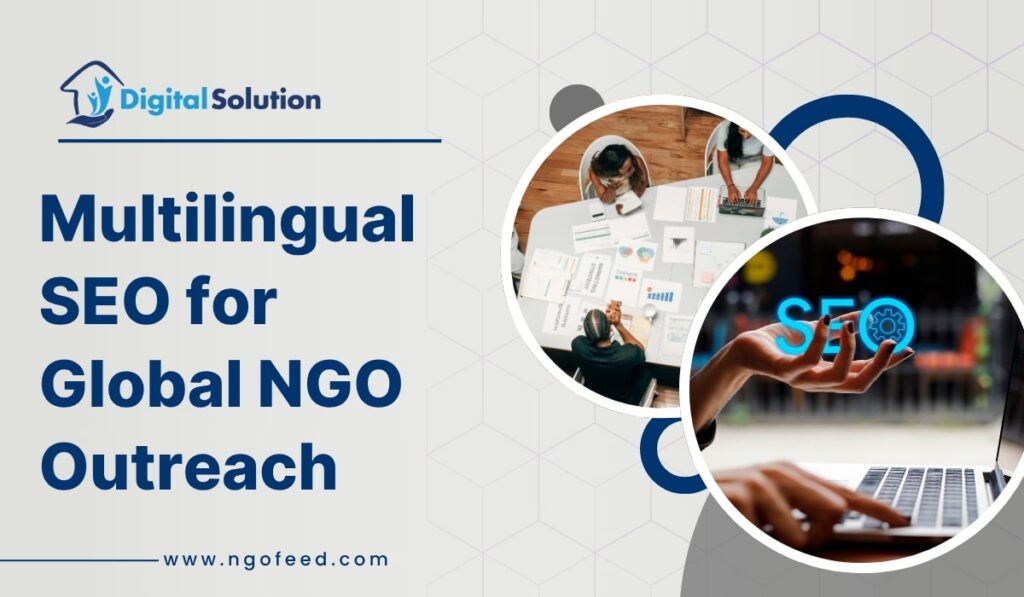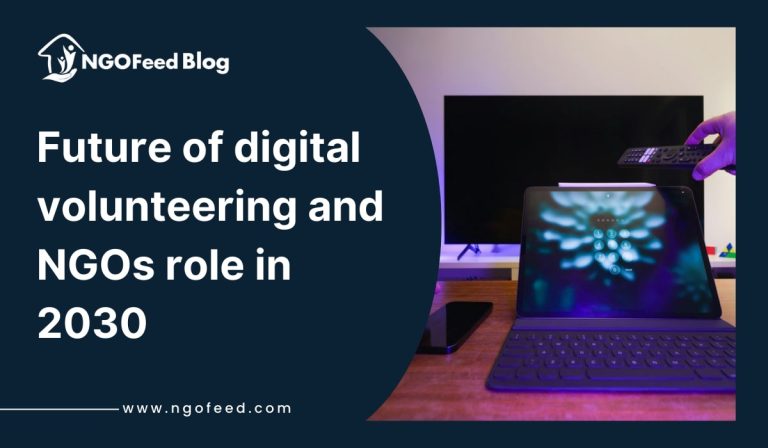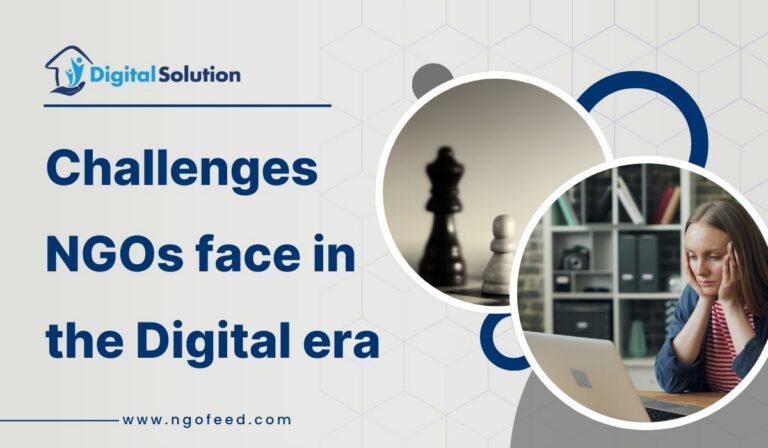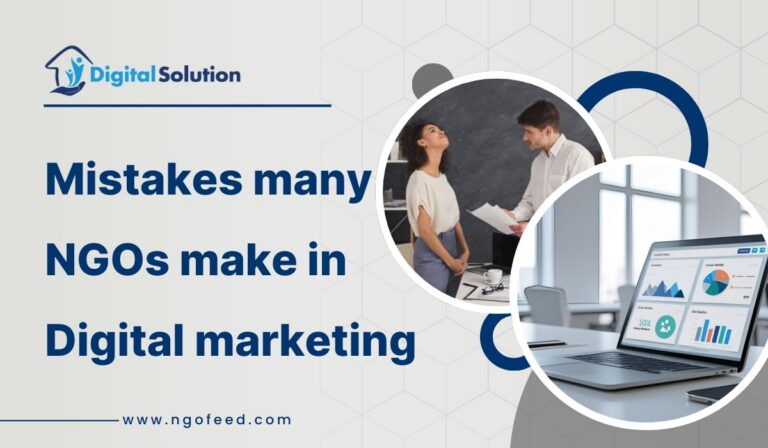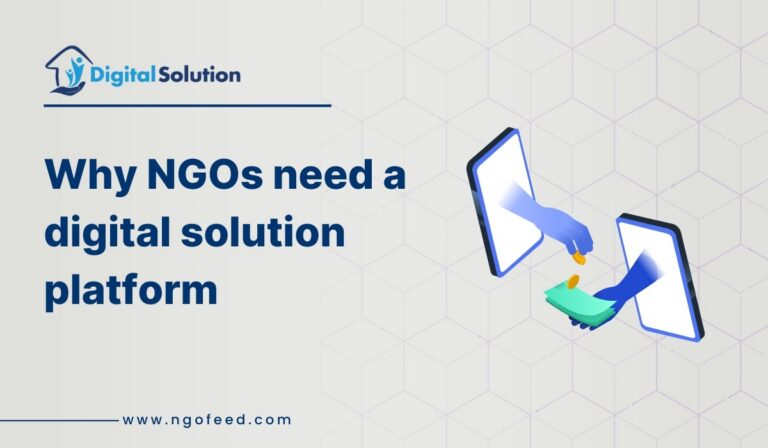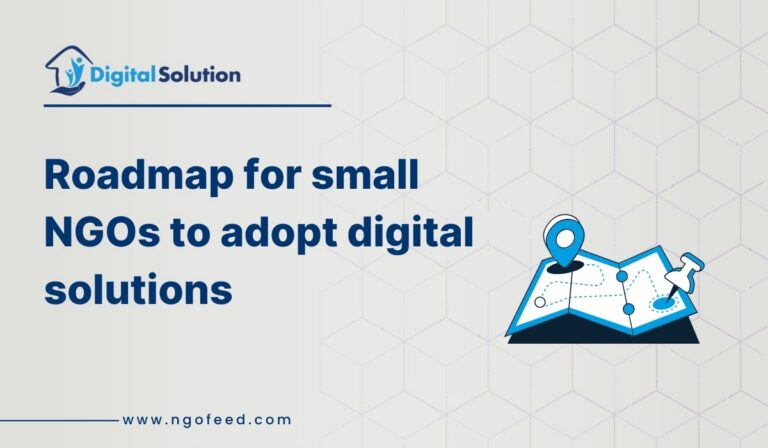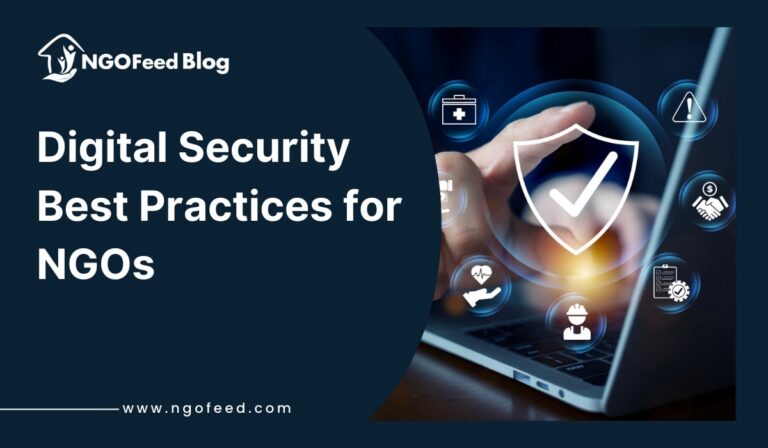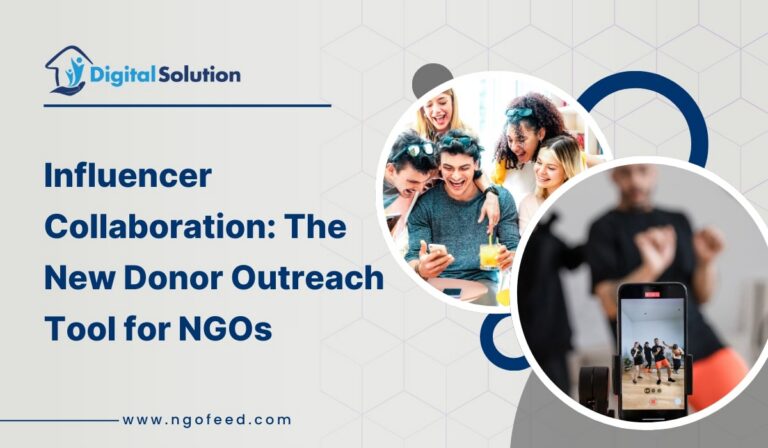Multilingual SEO for Global NGO Outreach: In today’s interconnected world, non-governmental organizations (NGOs) work to engage with a global audience to share their message, gain support, and create a valuable presence. Language barriers can have a significant impact on NGOs reaching their goals. Multilingual Search Engine Optimization (SEO) is an ideal way for NGOs to break through these language and geographical barriers and allow their message to be relevant to various audiences around the globe.
By optimizing content in different languages, NGOs can make sure their messages show up in search results in various regions. This improves visibility on search engines like Google, Bing, and local platforms. It involves not just translating content, but also adapting it to fit local cultures and search habits, a process known as localization. From raising awareness about climate change in Latin America to promoting girls’ education in Sub-Saharan Africa, multilingual SEO helps NGOs connect with their target communities and build greater trust.
Also Read: Blockchain for Nonprofits
Additionally, it improves outreach to donors, helps with volunteer recruitment, and fosters collaboration with global partners. In today’s digital landscape, multilingual SEO is more than a technical tool; it serves as a bridge to global impact, allowing NGOs to overcome language barriers and create meaningful change worldwide.
Table of Contents
Importance of Multilingual SEO for Global NGO
1. Increased Visibility: NGOs who optimize their website and content for multiple languages will achieve better search engine results across different regions and languages.
2. Broader Reach: The multilingual SEO approach allows NGOs to contact more people because it reaches audiences who speak different languages than the organization’s main language. The organization expands its worldwide influence through this method.
Also Read: Open Data for Nonprofits
3. Enhanced Engagement: NGOs who use native language communication with their audience create stronger bonds which leads to better understanding. The organization receives better support from its audience because of improved understanding which results in higher engagement and loyalty.
4. Competitive Advantage: NGOs that implement multilingual SEO strategies will gain a competitive advantage in global markets which helps them attract more supporters than other organizations.
Challenges in Implementing Multilingual SEO for NGOs
- Complexity of Language: Language nuances and structures differ from one language to another. To reach their target audience, NGOs need to ensure that their content is translated and localized.
- Cultural Sensitivity: Content produced by NGOs should also be culturally sensitive, given the diversity of audiences. That means understanding local values, culture and traditions.
- Technical Complexity: Multilingual SEO is hard to pull off in practice and requires technical expertise in content management, hreflang tags, and site architecture. If they want to reach out to speakers of other languages, NGOs also need to ensure that their website is technically reliable.
- Limited Resources: Nonprofit organizations in India face resource limitations, including shortages of financial support and personnel. Multilingual SEO is a lot of time and effort, costs and experience.
Also Read: ChatGPT for NGOs
Best Practices for Multilingual SEO for Global NGO Outreach
- Do extensive keyword research: NGOs need to do extensive keyword research to identify the necessary terms and phrases in different languages, which is great for content that is engaging and delivers top listing on search engines as well.
- Use local content: Organizations must localize their content to guarantee that it makes sense within that culture and strikes a chord with the target audience. That includes modifying local materials like images and videos to local tastes.
- Leverage Hreflang Tags: Hreflang tags allow search engines to understand which linguistic and geographic targeting a website is using. NGOs need to implement hreflang tags to make certain their site is properly indexed for alternate languages and regions.
- Local Partnership: The NGOs through local partnership can have sense of the audience and can have content that can appeal to the audience. Local partners can also help with creating and translating content and promoting it.
- Track and Analyze Performance: NGOs need to track and analyze performance across languages and regions. It aids for seeing where you can improve and making the multilingual SEO strategy better.
Also Read: Why Some Nonprofits Fail and What We Can Learn from Them
Case Study: Multilingual SEO Done Right by NGOs
There are successful models for multilingual SEO in the NGO sector around the world some NGOs are delivering successful multilingual SEO strategies to reach global communities. For example:
- Greenpeace – Greenpeace is a global environmental organization that has a multilingual website that is available in more than 30 languages. This has allowed the organization to reach a wider audience and to have a greater global impact.
- Médecines Sans Frontières: Médecines Sans Frontières, also known as Doctors without Borders, is a humanitarian nonprofit site that offers projects and activity data in multiple languages through its multilingual website. This has enabled the organization to reach its donors’ linguistically varied ethnicities.
Also Read: How to Write a Winning NGO Grant Proposal
Conclusion
In the global nonprofit landscape, Multilingual SEO stands as a powerful catalyst for outreach, inclusion, and influence. As NGOs strive to address critical issues, ranging from poverty and health to human rights and climate justice, reaching multilingual audiences becomes not just beneficial, but essential. By implementing multilingual SEO strategies, NGOs can ensure their digital presence is accessible and discoverable to communities across borders, languages, and cultures.
This approach goes beyond simple translation; it embraces cultural sensitivity, regional keyword optimization, and user-specific search behavior, making content relatable and actionable for diverse global audiences. Whether an NGO is aiming to raise funds in Europe, recruit volunteers in Southeast Asia, or share health awareness campaigns in Africa, multilingual SEO enhances both visibility and credibility.
Also Read: Nonprofit Project Management
Importantly, it helps build authentic connections, drives engagement, and fosters trust in regions where language has historically been a barrier. In a world where every click can spark change, multilingual SEO transforms digital strategies into inclusive communication tools. For NGOs with a global vision, it is not merely a marketing tactic—it is a mission-aligned necessity. By investing in multilingual SEO, NGOs are investing in a more connected, informed, and empowered world.
Future Directions
Multilingual SEO becomes a strength for NGOs While international reach has become an essential component for NGOs, multilingual SEO will become more and more integral to their digital strategy. Some possible future areas for multilingual SEO in outreach by NGOs may include:
- Artificial Intelligence (AI): Tools powered by AI are useful for NGOs to enhance their content in several languages as well as to raise their rank on SERPs (Search Engine Result Pages).
- Voice Search: With the increasing use of voice search, NGOs will have to be ahead of the curve in ensuring that their content is optimised for voice for multiple languages.
- Video Content: Video content is also growing in popularity, and NPOs can use multilingual video content to be more accessible and achieve better engagement across more audiences.
Also Read: 10 Instagram Tips for the Modern Nonprofit
Adopting multilingual SEO now and not later will help NGOs help the world and accomplish their goals.

